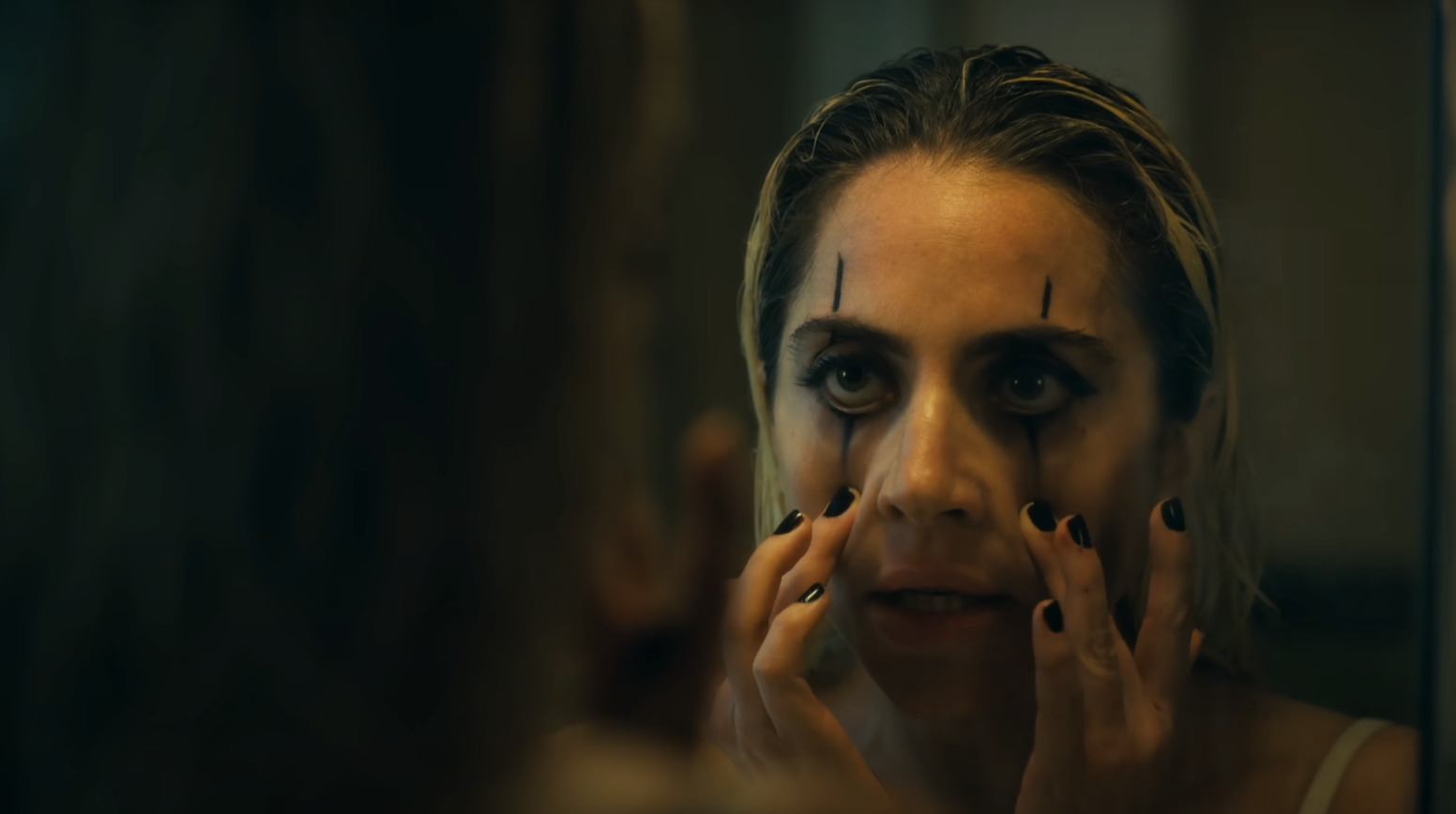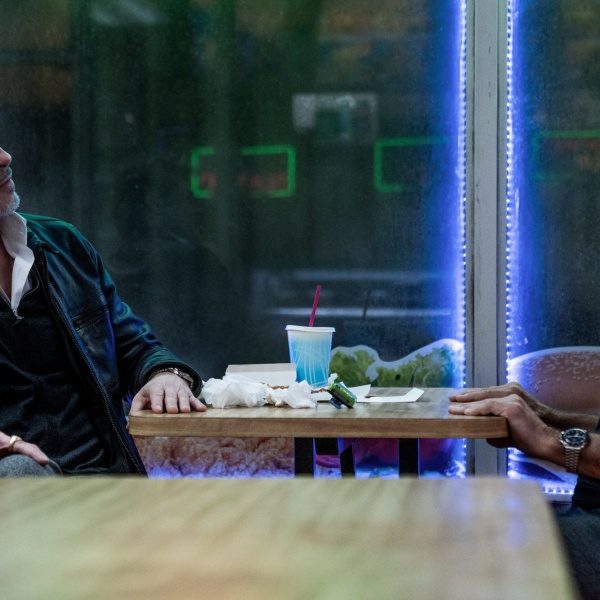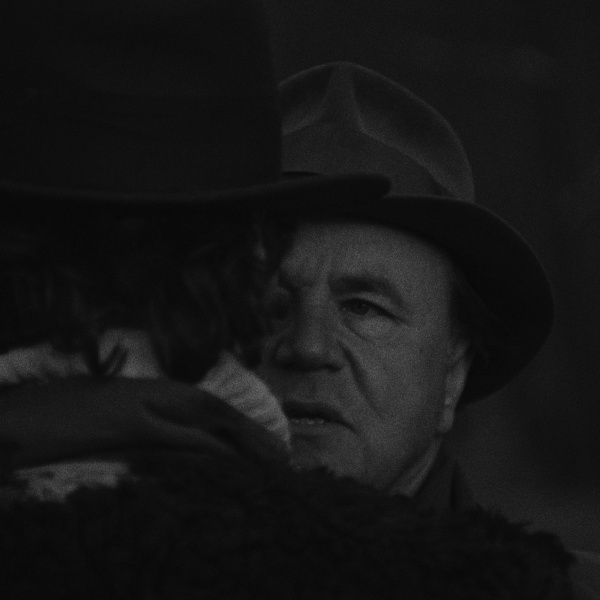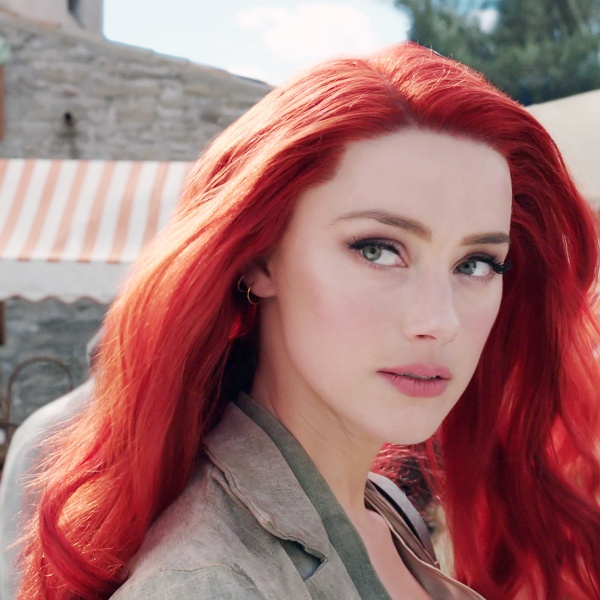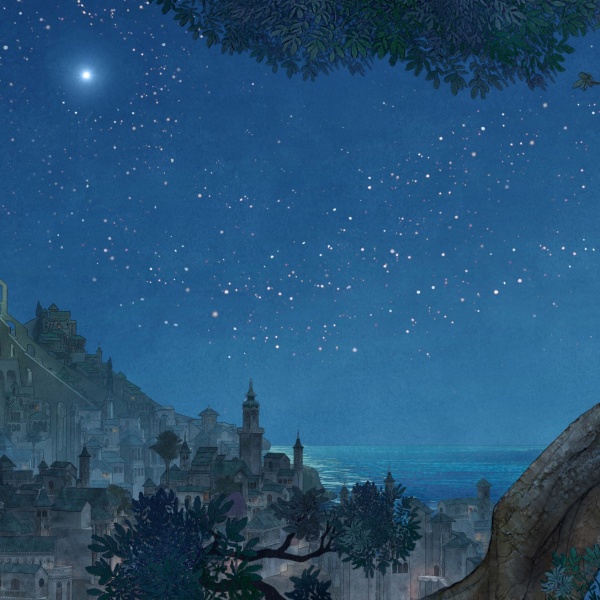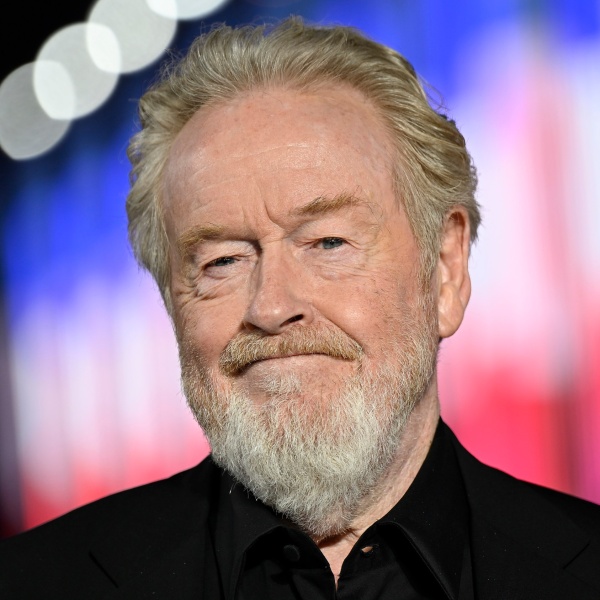You think with a title like “Folie à Deux,” the “Joker” sequel would at least give audiences the truly twisted, crazy backstory of Harley Quinn. But Todd Phillips fumbles the legendary noir-adjacent origins of the crime queen-pin of Gotham despite the film‘s marketing campaigns promising Harley’s unhinged glory.
Harley has only been brought to the big screen by way of two actresses, with Lady Gaga‘s turn in “Folie à Deux” marking the second live-action iteration of the character. Margot Robbie originated the role in “Suicide Squad,” followed by appearances in “Birds of Prey” and “The Suicide Squad.” While Harley’s roots were only alluded to via flashback in “Suicide Squad” with Jared Leto playing the Joker, the film “Birds of Prey” captured the essence of the character the most — but only when Harley became liberated from her relationship with “Mr. J.”
Robbie later said that she hoped Harley would be a character that many actresses could embody, and be part of the zeitgeist as much as male comic book counterparts like Batman.
Enter: Lady Gaga.
While the trailers for “Joker: Folie à Deux” showed Gaga’s Harley, or “Lee,” singing and dancing alongside Joaquin Phoenix‘s Arthur Fleck AKA the Joker, most of those highlighted scenes were cut from the final film — including an improvised moment where Gaga’s Lee kissed another woman while entering the courthouse. (Phillips later told Entertainment Weekly that Gaga’s choice “kind of got in the way” of the musical components of the film.)
There went the allusion to the character’s inherent bisexuality, which is even depicted in the eponymous animated standalone series starring Kaley Cuoco. If a cartoon can do it, surely an approximately $200 million live-action drama can, too.
But it’s not just Harley Quinn’s sexuality that “Joker: Folie à Deux” entirely discards. Rather, the movie doesn’t deliver on the pre-release teases of the dynamic between the Joker and Harley, or the shared madness of the title.
Harley is canonically a psychologist, Dr. Harleen Quinzel, who treats the Joker in Arkham Asylum. The Joker, as her patient, manipulates Harley by essentially breaking down her psyche during their sessions. In turn, Harley unleashes her own fractured sense of reality and becomes the Joker’s accomplice and lover, ultimately helping him escape. The couple then live on the outskirts of Gotham, with Harley trying to play house, so to speak, while the Joker saves his most terrorizing hijinks to torment her behind closed doors.
The character, created by Paul Dini and Bruce Timm, originated in the “Batman: The Animated Series” show, with a reverse “Basic Instinct”-like sensibility. The shared seduction between Harley and the Joker was more of a dance than any choreographed musical sequence in “Joker: Folie à Deux.”

The actress Arleen Sorkin inspired the creation of Harley, and then she went on to voice the character on the show. Harley first appeared in the 1992 episode “Joker’s Favor.” The character was intended to only appear in one episode, but Harley went on to become a recurring, central character of the DC Animated Universe (DCAU). By 1999, Harley finally made it into the comic books with “Batman: Harley Quinn #1.”
Harley’s most iconic episode in “Batman the Animated Series” remains “Harley’s Holiday,” during which the toxic codependency between her and the Joker is fully revealed. Harley isn’t a victim, but she’s not a bystander to the Joker’s crimes, either; Batman tries to “talk some sense” into Harley, but her love of the Joker — despite his abuse — is too intoxicating.
Joker and Harley are caught up in a crime-fueled mania that begs the question of who is preying on whom. Why hasn’t this story been brought to any live-action iterations of the character?
In “Joker: Folie à Deux,” Harley is assumed to be a fellow psych ward patient alongside Arthur. She is also said to be a Joker super-fan who idolizes the made-for-TV movie about Arthur’s assassination of talk show host Murray (Robert De Niro). On the surface, it seemed that this version of Harley was more subdued and perhaps as empathetically damaged as Arthur himself.
“The high voice, that accent, the gum-chewing and all that sort of sassy stuff that’s in the comics, we stripped that away,” director Phillips told Variety. “We wanted her to fit into this world of Gotham that we created from the first movie.”
Meanwhile, actress Gaga told Vogue that instead of making Harley an “unhinged” persona, she wanted to ground the comic book character in the real mental health space and portray Harley as quietly struggling.
“Harley Quinn is a character people know from the ether of pop culture. I had a different experience creating her, namely my experience with mania and chaos inside — for me, it creates a quietness,” Gaga said. “Sometimes women are labeled as these overly emotional creatures and when we are overwhelmed we are ‘erratic’ or ‘unhinged.’ But I wonder if when things become so broken from reality, when we get pushed too far in life, what if it makes you…quiet?”
The Grammy and Oscar winner went on to even release a “Joker: Folie à Deux” companion album inspired by her character, titled “Harlequin.” Surely, Harley resonated with Gaga, but given the underwhelming box office opening of “Joker: Folie à Deux,” Harley didn’t land with audiences.
And perhaps that’s because “Joker: Folie à Deux” promised a story of shared realizations, of a reclamation of power. Why couldn’t Harley be just as affected as Arthur? Why couldn’t Arthur as the Joker have acted as Harley’s awakening to embrace her own queerness?

Phillips is rumored to have “wanted nothing to do with DC,” as an unnamed agent told Variety about the development of “Joker: Folie à Deux.” And because Phoenix’s Joker exists outside of Matt Reeves’ DC tentpole “The Batman” franchise, which now also encompasses the HBO series “The Penguin,” Gaga’s Harley could easily have been its own iteration without the specific comic book and “Batman: The Animated Series” IP. But the twist of Harley being yet another leech off Arthur, plus fabricating her own traumatic backstory just to fetishize Arthur’s mental illness, was a disservice to the lore of Harley herself.
Prior to the release of “Joker: Folie à Deux,” Phillips told Variety that the first 2019 “Joker” film was “certainly not a love letter” to incels. But it sure seems that its sequel might be.
Later in the Variety piece, Phillips seemed to draw a parallel between Arthur and Harley, and Johnny Depp and Amber Heard.
“It’s all been corrupted,” Phillips said. “Look at the recent presidential debate: There’s a countdown clock and these gladiatorial graphics. Or take the Johnny Depp and Amber Heard trial. Everything is just treated as entertainment now, and there’s something sad and troubling about that.”
And while Gaga’s Harley reveals to Phoenix’s Arthur that she lied about being pregnant just for the sake of the fantasy of the Joker, or for the sake of “entertainment” as she sings, “Joker: Folie à Deux” proves that once again Harley’s problematic, #MeToo-adjacent origin story is thwarted from being on the big screen. Is Harley just that dangerous of an antiheroine? Maybe that’s inadvertently the real social statement of “Joker: Folie à Deux”: A female character won’t ever get her rightful due.
Read the IndieWire review of “Joker: Folie à Deux” here.
